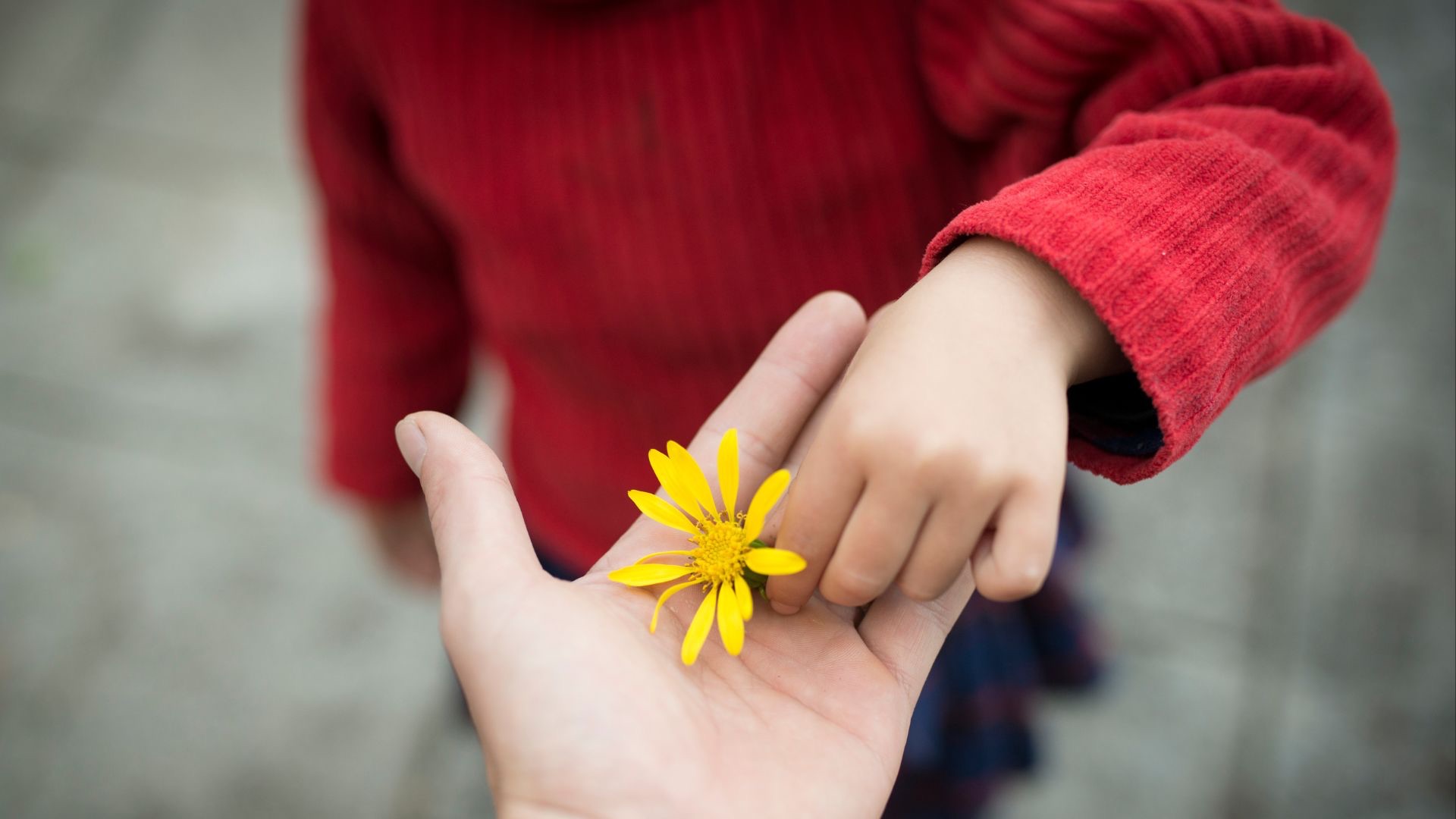Beyond Asana Blog
My weekly blog is a forum for contemplative inquiry into the intersection of yoga practice, traditional teachings, and real life.
I can still feel the visceral jolt of ungroundedness I experienced a few years ago on the treadmill. I was ramping up my speed and incline, ready to go for it, when the machine suddenly hesitated—just a tiny hiccup. But that split-second pause threw me completely off. I went from feeling free and powerful in my stride to cautious, wary, and unsure. My body shifted from charging forward to bracing against a fall that never came.
That moment revealed the truth of yoga's most fundamental teaching: impermanence. Life is uncertain, temporary, and always shifting. Everything changes. Nothing stays fixed. As mythologist Michael Meade says, a false sense of security is the only kind there is.
...
I’m known for making simple poses deep. A student once told me I could make people sweat in Child’s Pose.
This is what I mean by vertical depth in yoga—the kind of advanced practice that has nothing to do with mastering difficult postures and everything to do with exploring the richness of your inner experience. When you show up consistently and mindfully, even the most ordinary poses reveal a profundity that expands as your awareness deepens.
What if we approached gratitude the same way?
We tend to imagine happiness comes from extraordinary events—vacations, celebrations, special nights out. We wait for the big moments. But research tells a different story: regularly noticing and appr...
Talk about being in the right place at the right time.
The last weekend of September was tough. I was moving out of a house I loved and by the time all the sorting, purging, and packing were done, I felt empty and fragile. Maybe you’ve had moments like that—times when life feels stripped down to its essentials, and you’re not quite sure what will rise in its place.
It was a splendid late-summer afternoon, so—despite my exhaustion—I went for a walk along the train tracks in a nearby village.
All month, I’d been teaching an online series called Dancing the Body of Light, guiding my community through an exploration of the subtle body—the energetic anatomy described in the hatha yoga tradi...
What if I told you that your body contains mountains, rivers, the sun and moon?
You might think I’ve drifted off somewhere between the inhale and exhale.
But this is exactly what the original yogis uncovered – an intricate map of esoteric anatomy known as the subtle body, sukshma sharira. In deep meditation, they charted the flow of prana through thousands of energetic channels called nadis, describing the body as containing all the elements of nature in microcosmic form: the sun shining through our eyes, a mountain rising within the spine, a lotus flower blooming in the heart, and rivers of vibrant energy flowing through every channel.
In making yoga more accessible to the Western mind, ...
The moment had come—the most nerve-wracking part of any teacher training I’ve led: the first time each trainee guides the whole group through a pose. But what I witnessed that day was less about teaching yoga and more about living it.
When I announced the exercise last weekend, I could feel the familiar wave of anxiety ripple around the room. Yet as each person summoned their courage and took their place at the front, something powerful unfolded.
One trainee, teaching in her second language, did a beautiful job. Another, a longtime college teacher, guided us into Pārśvottānāsana with the confident poise of her years in the classroom. A third spoke with such attentive presence that you c...
I used to assume that years of yoga practice would naturally cultivate kindness, wisdom, and compassion. Then I began paying closer attention.
What I saw surprised me: technical mastery and inner transformation don't always go hand in hand. I've encountered practitioners who can float through arm balances and quote the sutras yet struggle with patience or humility in everyday interactions. I once arrived late to a workshop -- a rare occurrence, due to circumstances beyond my control - only to be berated by the visiting teacher in front of everyone. And I've watched beginners, still finding their way through their first sun salutations, embody a presence and benevolence that moved me dee...
In Autumn 2020, I wrote a post responding to that meme that floods my feed every Fall—the one about how the autumn leaves show us how beautiful it can be to let go.
I wrote then: Ugh…if I see this one more time, I think I'll scream. Of course, letting go can be beautiful. It can also be really painful and not very pretty at all.
It’s that time of year again, and I find myself revisiting that idea. Over these past few years, I’ve learned a few things about what it really means to let go.
Contemplating the cycles of nature has helped me understand - deep in my bones - that dissolution is essential for something new to emerge.
The fallen tree in the forest seems tragic, until you witn...
We are like migrating birds,
The sadness of our departure
Is mitigated by
The joy of our reunion.
- Author Unknown
We’ve all been there – that moment when you finally step onto your mat and realize that you haven’t truly inhabited your body for days.
Moving through life on autopilot - answering emails, getting things done, caring for others - takes its toll. Meanwhile, some essential part of you has been waiting quietly for your return. Only now, with this breath, do you notice how far you’ve drifted.
This is the “departure” the poem speaks of. It’s not dramatic or deliberate; it’s the subtle drifting that happens when life pulls you outward and you forget to draw yourself bac...
I have a well-meaning friend who knows a lot about yoga - yet rarely practices.
Recently, she tried to convince me that box breathing was superior to lengthening the exhalation for stress relief. Mind you, she’d barely tried either technique – she’d just read about them.
Here's what I wanted to tell her: knowing about resilience practices doesn't make you resilient. Reading about breath work doesn't calm your nervous system. Understanding the theory of grounding doesn't help when the ground shifts beneath your feet.
In times like these—when everything feels uncertain and the systems we've relied on are crumbling—we need more than concepts. We need embodied capacity. We need practices t...
You know that feeling when the ground beneath you shifts? When the identity you've worn like a second skin no longer fits? When the job, the relationship, or the version of yourself you've known dissolves, leaving you standing in the space between who you were and who you're becoming?
It can be disorienting, unsettling, sometimes terrifying.
Rilke wrote “every happiness is the child of a separation it did not think it could survive." What if these endings are actually the beginning of something you can't yet imagine?
There's a word for this in-between space: liminality. From the Latin limen, meaning "threshold." It's the transitional space where one way of being has ended but the next ...










